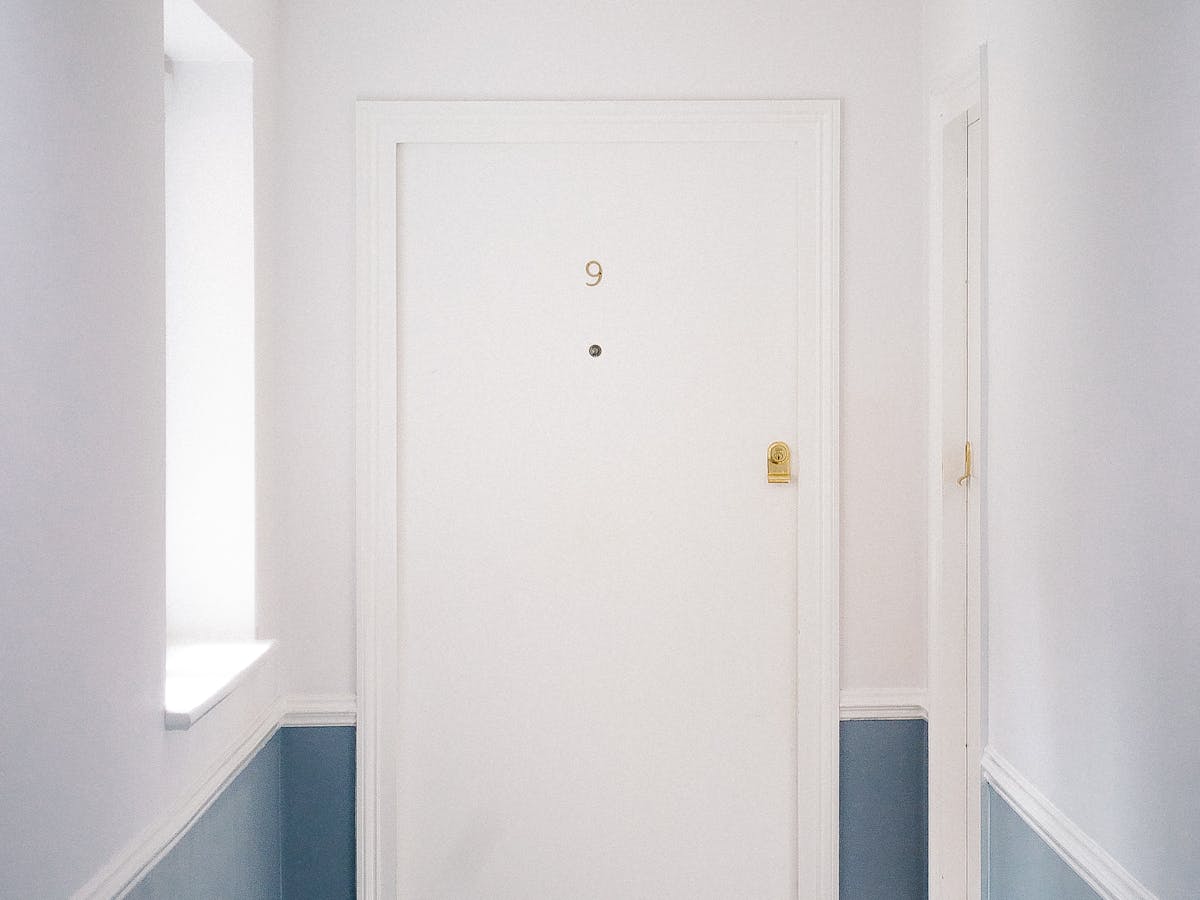When it comes to extending a door jamb, think of it as giving your doorway a much-needed upgrade.
You may have encountered a situation where a standard-sized door doesn’t quite fit your non-standard opening.
Fear not, for there are simple steps you can take to remedy this issue and achieve a seamless look.
By following a few carefully outlined procedures, you can make the necessary adjustments and transform your doorway into a perfect fit for your space.
Assessing the Door Frame
When extending a door jamb, it’s essential to first assess the door frame for any structural issues or misalignments.
Start by measuring dimensions accurately to determine the necessary extension length.
Select materials that match the existing door frame to guarantee a seamless look once the extension is complete.
Use a tape measure to get precise measurements of the height and width of the door frame.
Check for any inconsistencies in the frame that may impact the extension process. Look for signs of wear and tear, such as rot or damage, that may need to be addressed before proceeding with the extension.
Additionally, inspect the corners and edges of the door frame to guarantee they’re square and in good condition for the extension.
Removing the Door Trim
To properly begin extending a door jamb, the initial step involves carefully removing the door trim to access the underlying components.
Start by using a putty knife or a small pry bar to gently loosen the trim from the wall. Insert the tool between the trim and the wall, being cautious not to damage the surrounding wall paint or plaster.
Work your way around the trim, gradually releasing it from the door frame.
Once the trim is removed, set it aside for later refinishing or repairing. Inspect the trim for any damages that may need attention before reinstalling it.
Common issues include cracks, dents, or chipped paint that can be fixed with wood filler, sanding, and a fresh coat of paint.
Remember to label the trim sections to ensure they’re put back in the correct order.
Taking the time to properly remove and preserve the door trim will make the extending process smoother and help maintain the overall aesthetic of the door and surrounding area.
Extending the Jamb Material
To effectively extend the jamb material, carefully measure the required extension length to guarantee a precise fit with the existing door frame.
When considering jamb material options, you can choose from wood, PVC, or composite materials.
Each material has its own installation process, so make sure you follow the manufacturer’s guidelines for a secure fit.
Size compatibility is essential; the extended jamb should seamlessly align with the existing components to avoid any gaps or misalignments that could compromise the door’s functionality.
Aesthetic considerations are also important – select a jamb material that complements the overall look of your door and home decor.
Once you have decided on the material, carefully cut it to size using a saw, making precise measurements to ensure a perfect fit.
Remember to sand any rough edges for a seamless finish before proceeding to the installation process.
Securing the Extended Jamb
To guarantee the extended jamb is firmly in place, firmly attach it to the existing door frame using appropriate fasteners specific to the chosen material.
Start by positioning the extended jamb flush against the existing frame and make sure it’s level and plumb.
Use screws or nails that are long enough to penetrate both the extended jamb and the existing frame, providing a strong connection.
For added security, consider using jamb reinforcement brackets to further strengthen the joint.
After securing the extended jamb, assess the overall stability and adjust as needed.
Make sure there are no gaps or uneven areas that could compromise the door’s functionality.
Once everything is aligned correctly, apply wood filler to any visible screw or nail holes.
Smooth out the filler and allow it to dry completely before sanding it down for a seamless finish.
These finishing touches won’t only enhance the overall appearance but also prevent moisture infiltration and prolong the jamb’s lifespan.
By following these security measures and paying attention to detail, you can guarantee a durable and secure extended door jamb.
Reinstalling the Door Trim
Consider carefully positioning the door trim back into place to guarantee a seamless and snug fit.
When reinstalling the door trim after extending the jamb, it’s important to pay attention to the details for a professional finish.
Start by ensuring that the trim pieces are cut precisely to match the new dimensions resulting from the jamb extension techniques used. Use a level to make sure the trim is straight before securing it in place.
Begin the trim installation process by aligning the top piece first, following it with the two side pieces.
Use finishing nails or a brad nailer to attach the trim securely to the wall and the extended jamb.
Make sure the nails are countersunk to allow for wood filler to create a smooth surface.
Finally, caulk the edges where the trim meets the wall and the jamb for a polished look.
Sand any rough edges and touch up with paint or stain to blend the trim seamlessly with the door and the wall.


Leave a Reply